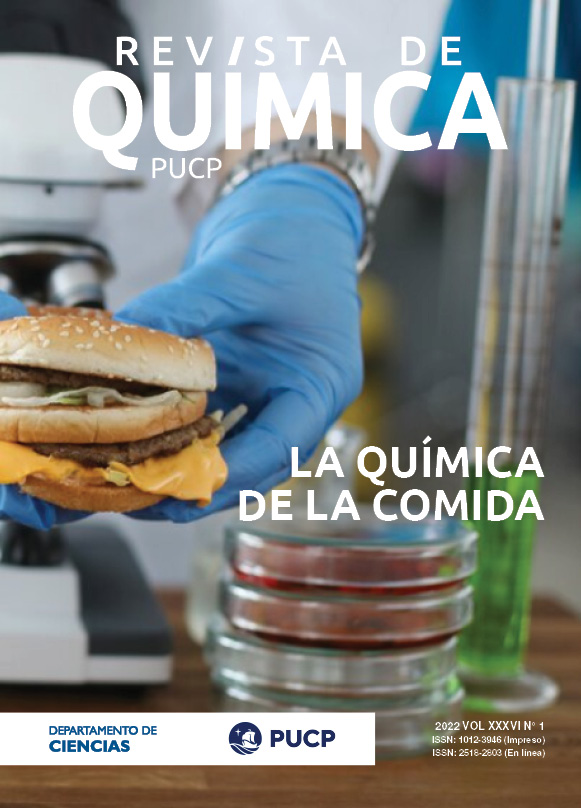La química en nuestros platos: los preservantes
Palabras clave:
Preservantes, Técnicas de preservación, Parabenos, Péptidos, BromatologíaResumen
Los preservantes y las técnicas de preservación nos permiten consumir productos que saben a recién cosechados a pesar de nuestra lejanía de los campos de cultivo. Muchas técnicas de preservación se conocen desde tiempos milenarios, sin embargo, estas técnicas se volvieron más sofisticadas con la revolución industrial y el movimiento masivo de la población hacia las ciudades. Hoy en día, todos tenemos una opinión sobre los preservantes, ya sea que estemos a favor o en contra, aunque es necesario analizar cuánto de ello tiene una base científica. No cabe duda de que los preservantes han cobrado mucha más importancia debido a nuestra necesidad de crear una sociedad más sostenible y con menos desperdicio de alimentos. Posiblemente la pregunta más importante para el lector es si los preservantes son seguros y la respuesta corta es claramente afirmativa. En este artículo el lector aprenderá sobre la historia y la química de las sustancias más comunes usadas como preservantes para comida.
Descargas
Descargas
Publicado
Cómo citar
Número
Sección
Licencia
Derechos de autor 2022 Alfredo M Ángeles-Boza

Esta obra está bajo una licencia internacional Creative Commons Atribución 4.0.













